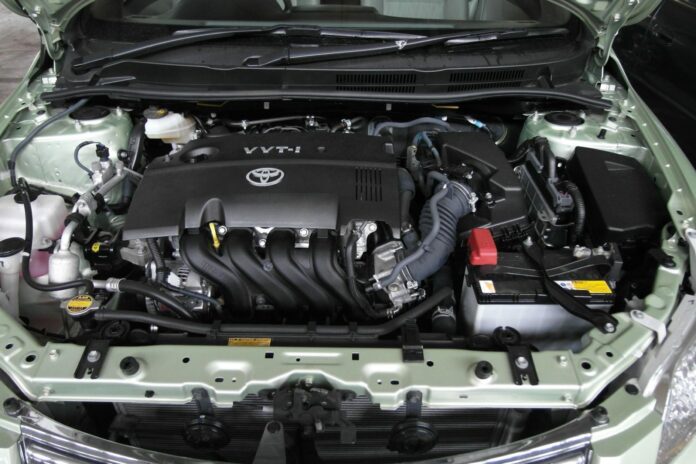1500cc vs 1800cc: The “cc” of a car is called the engine displacement, which in layman’s terms means the engine size. In a nutshell, an engine works like this: air goes into the engine, this air is mixed with fuel in a particular ratio then this air-fuel mixture (called the intake charge) is fed into the engine cylinders where it is set on fire by spark plugs through electrical arcing.
Petrol is explosive, so when mixed with air and set on fire, it explodes. This is the basic set-up of a cylinder: at the top are two sets of valves, one set called the inlet valves which allow the intake charge to enter the cylinder, and another set called the exhaust valves that allow the burnt gases (exhaust) to leave the cylinder. The cylinder is basically a tube with a tight-fitting but movable piston within it.
Michael Joseph speaks on his life, 4 marriages, successes, failures
When the intake charge enters the cylinder, it is set on fire and explodes. This explosion forces the piston downwards, in what we call the power stroke. The effect of this explosion pushing the piston downwards is equivalent to that of your leg pushing downwards when pedaling a bicycle. It provides the torque that gives rotating motion and movement.
This is where we pause for a moment. The piston goes down, but how does it come back up? Just like a bicycle, when the pedal goes down, it is brought back up by the downward push of the opposite pedal.
The main sprocket (the big-toothed wheel to which the chain and pedals are attached on a bicycle) has its equivalent as the crankshaft in a vehicle engine. It translates reciprocating motion (up and down or back and forth movement) into rotating motion (circular movement).
Meet DP Ruto’s close ally who is building Sh. 6 billion mall
Therefore, the piston in an engine is brought upwards by the downward motion of other pistons (a typical engine has several pistons: 3, 4, 5, 6, 8, 10, 12 or even 16, but the commonest number is four). For single-cylinder engines like motorcycles and chainsaws, the momentum gained by the downward push is what brings the piston up.
So, back to the cylinder: Primary school mathematics taught us that cylinders have volume, got by the base area (pi multiplied by the square of the radius) multiplied by the length/height of the cylinder.
The length of the cylinder is determined by the limits of piston travel, that is, from the topmost limit that the piston reaches before starting to head back downwards, to the lowest limit it reaches before going back up.
This cylinder volume, multiplied by the number of cylinders, is what gives us the engine capacity, commonly expressed in cc (actually cubic centimeters) such as 1500cc or 1800cc; and in litres as 3,0-litre engine or 4.7-litre engine.
NCBA acquires car yard, to sell repossessed vehicles directly
More cc means more swept volume by the cylinders, right? More swept volume means more intake charge going into the engine, right? More intake charge means more air and more petrol, and therefore, bigger explosions which create more downward force on the piston crowns.
So yes: a bigger engine develops more power. An 1800cc car is “stronger/more powerful” than a 1500cc one and it performs better. 1500cc vs 1800cc.
This feature was first published in the Daily Nation which is a publication of the Nation Media Group.








